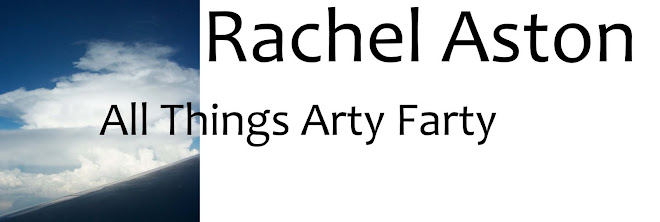The intelligence eye - David Perkins
I read this theory in a book about why we make art and why it is taught and thought it was relevent.
Perkins says that when working with art objects ' something special' is recieved that cannot be gained from any other subject.
Art objects offer;
1) "
Sensory anchoring - artworks provide an anchor for attention over an extended period of exploration"
This is supporting evidence for taking children to galleries, to engage and explore different artists and art.
2)
Instant access - the picture is here and now, it is accessible at a quick glance.
There is some truth in the expression a picture says a thousand words and it is true. We are sensory people and we take in parts of art instantanteously.
3)
Personal engagement - "works of art beckon you to become involved with them. We are rarely neutral." I think this compliments the fact that we are sensory human beings alot and this is what I love about art, whether it is diabolical, wonderful, emotive, controversial... everyone has an opinion about it.
As Hickman (2005) puts it,
"Art is a multifaceted, complex and contested phenomenon"4)Dispositional atmosphere - Art can provide a context that facilitates or cultivates a range of positive thinking dispositions.
Supporting the National Curriculum aims and values.
5)
Wide thoughtful cognition - "Through thoughtful looking at art, we can use many different styles of cognition, including analytical thinking, visual processing and testing hypotheses"
Art is an ideal way to encourage children to experiment and be innovative. To think, readress and explore and develop new ways of thinking.
6)
Multi connectedness "They allow us to make connections with a great variety of things which can include social themes, philosophical conundrums, features of formal structure, personal anxieties and insights and historical patterns"
This final point illustrates why I think the arts have been sectioned out as a key area of learning for the new primary curriculum. As they are able to address a vast number of life issues in an engaging and fun way.
References
Hickman R, (2005)
Why we make art and why it is taught. Intellect books. Bristol




































